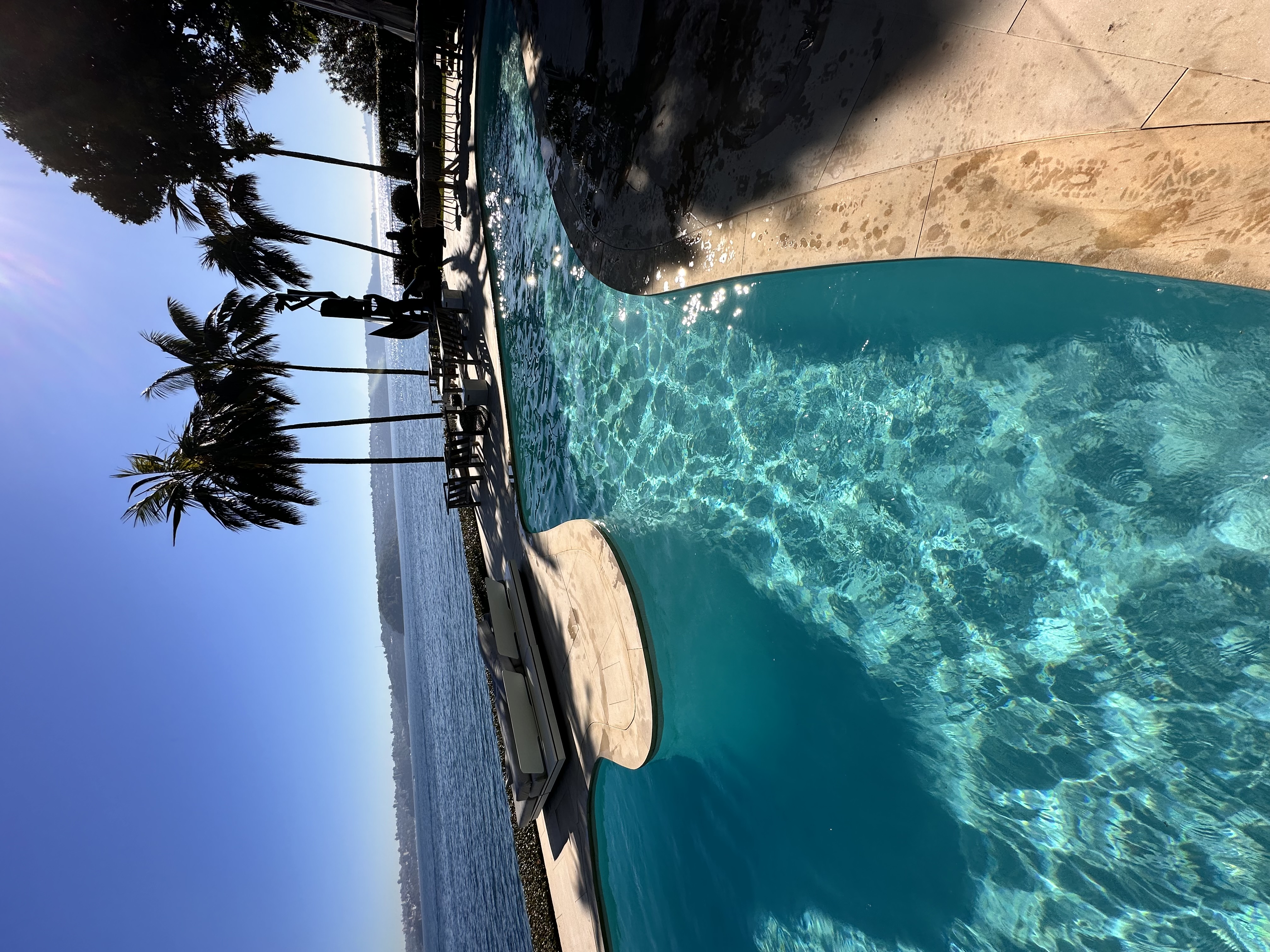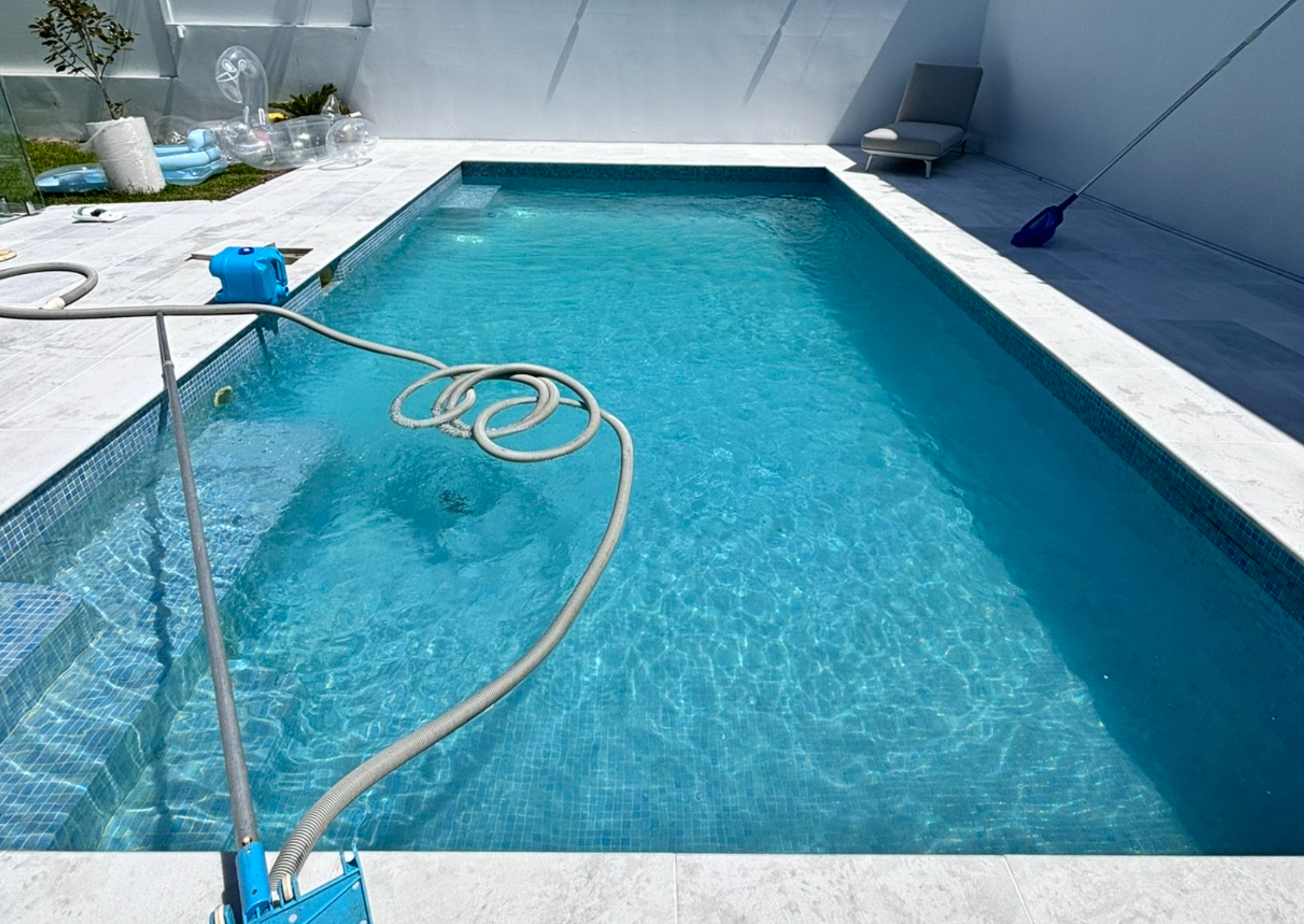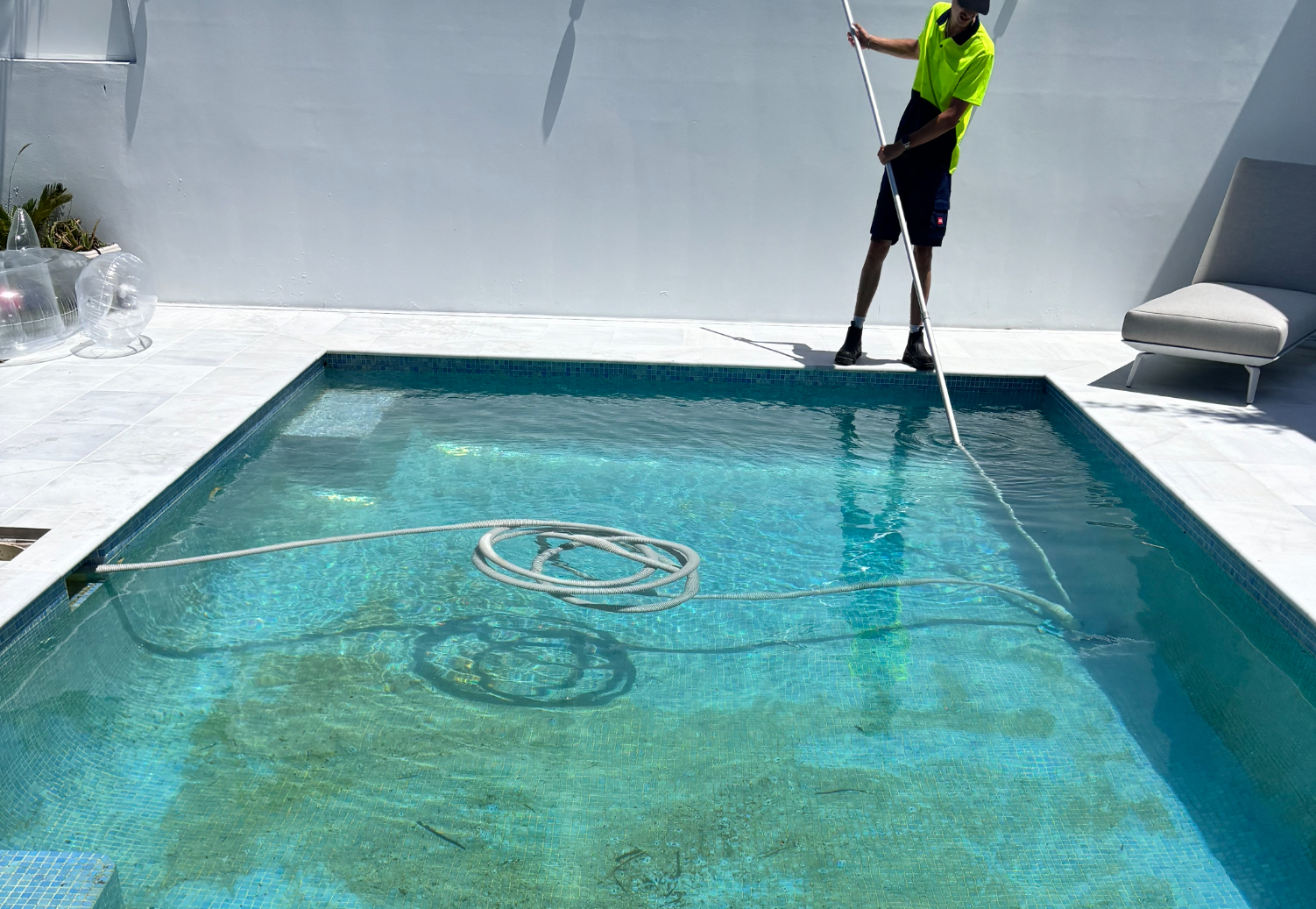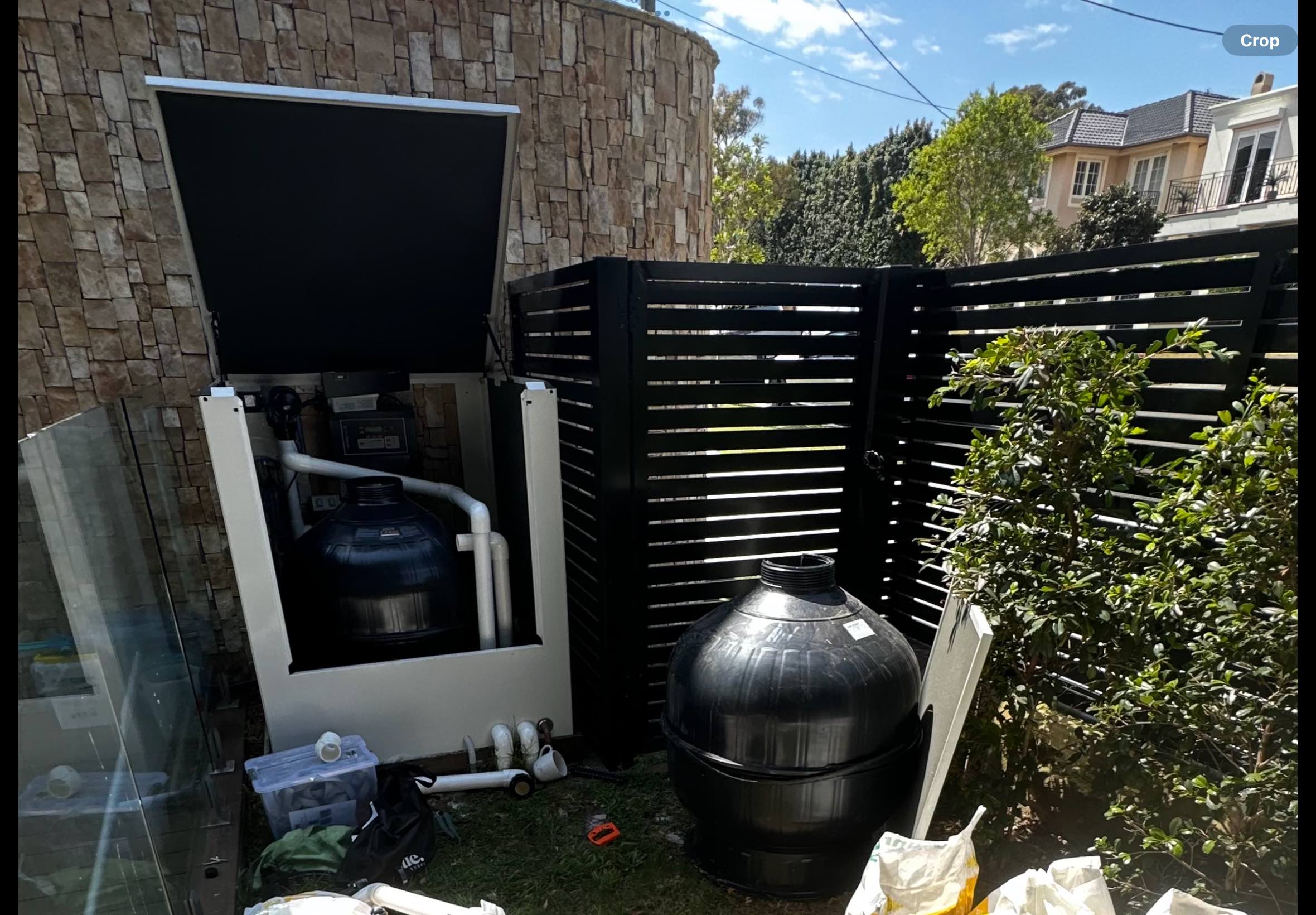Pool Chemical Balance: The Complete Beginner's Guide

Understanding pool chemistry might seem daunting, but it's essential for maintaining a safe, clean, and enjoyable swimming environment. This comprehensive guide will teach you everything you need to know about balancing your pool's chemicals like a professional.
Why Pool Chemical Balance Matters
Proper chemical balance serves multiple critical functions that extend far beyond simple water clarity. Health and safety top the list—balanced water prevents harmful bacteria and algae growth that can cause serious illness. Comfort follows closely, as properly balanced water eliminates the eye and skin irritation that makes swimming unpleasant.
Equipment protection represents a significant financial consideration. Unbalanced water causes expensive corrosion and scaling that can destroy pumps, heaters, and other equipment. Finally, maintaining proper balance actually saves money by reducing the need for expensive shock treatments and algae remediation.
Understanding the Big Three Chemical Parameters
Three primary chemical parameters control your pool's health and safety. pH level, measured on a scale of 0-14, indicates how acidic or basic your water is. The ideal range of 7.2-7.6 is slightly basic, providing optimal comfort and chlorine effectiveness. When pH drops too low, swimmers experience eye irritation and equipment suffers corrosion. High pH reduces chlorine effectiveness and causes unsightly scaling on surfaces and equipment.
Total chlorine encompasses both free chlorine (available to kill bacteria and algae) and combined chlorine (used up chlorine that creates that unpleasant chloramine odor). Maintaining 1-3 ppm of free chlorine ensures effective sanitization without over-chlorination.
Total alkalinity acts as your pH buffer, preventing rapid pH swings that make water balance difficult to maintain. The ideal range of 80-120 ppm provides stability—too low and pH becomes erratic, too high and pH adjustments become nearly impossible.
The Proper Balancing Sequence
Chemical adjustment order matters more than most pool owners realize. Always test your water first, collecting samples from elbow-deep and testing immediately or within two hours. Record all readings and compare them to ideal ranges before making any adjustments.
Balance total alkalinity first, as it stabilizes pH and makes subsequent adjustments more predictable. Adjust pH second to optimize chlorine effectiveness, then add chlorine to sanitize the water. Handle other chemicals like calcium hardness and cyanuric acid last, after the primary balance is established.
Common Adjustment Procedures
Raising pH requires sodium carbonate (pH+), with approximately 40g per 50,000L raising pH by 0.1. Dissolve the chemical in a bucket and add it to the deep end with the pump running. Wait 4-6 hours before retesting to allow full circulation and chemical integration.
Lowering pH uses sodium bisulfate (pH-) or muriatic acid, with about 30g per 50,000L lowering pH by 0.1. Safety is paramount—always add acid to water, never water to acid. Add chemicals to the deep end with the pump running and allow adequate circulation time before retesting.
Troubleshooting Common Water Problems
Cloudy water frustrates pool owners, but systematic troubleshooting usually reveals the cause. Poor filtration often contributes—clean your filter and increase run time to improve water clarity. Chemical imbalance frequently causes cloudiness, requiring testing and adjustment of all parameters. High bather loads overwhelm sanitizer levels, necessitating shock treatment and increased chlorine. Algae growth, even in early stages, can cause cloudiness and requires brushing, shock treatment, and algaecide application.
Strong chlorine smell paradoxically indicates insufficient free chlorine rather than too much. High combined chlorine (chloramines) creates this unpleasant odor, requiring shock treatment to break the chloramine bonds. Prevention involves maintaining proper free chlorine levels and ensuring adequate ventilation around indoor pools.
Developing Your Testing Routine
Consistency in testing and adjustment creates the foundation for perfect pool chemistry. Test pH and chlorine 2-3 times per week during swimming season, with daily testing during heavy use periods. Weekly testing of total alkalinity and monthly testing of calcium hardness and cyanuric acid complete your routine.
Keep detailed records of test results and chemical additions—patterns emerge that help you anticipate and prevent problems. Sydney's varying water conditions mean your pool's needs may change seasonally, making consistent monitoring even more important.
Conclusion
Mastering pool chemistry takes time and practice, but the fundamentals are straightforward. Start with regular testing, maintain the big three parameters (pH, chlorine, alkalinity), and don't hesitate to ask for help when needed. Remember, every pool is unique, and Sydney's water conditions can vary significantly by location. When in doubt, contact Swim City for professional water testing and chemical balancing services—we're here to help you maintain perfect pool chemistry year-round.
Need Professional Pool Service?
Our experienced technicians can help with all your pool maintenance needs. Get a free consultation and quote today.



